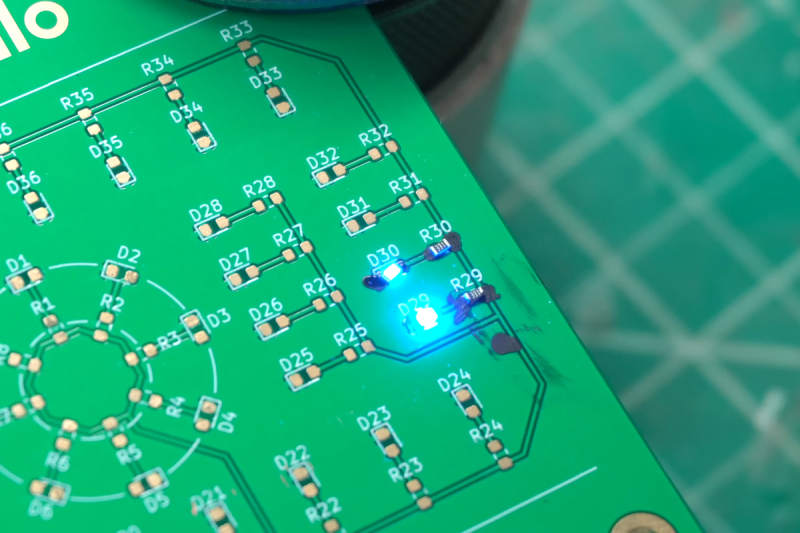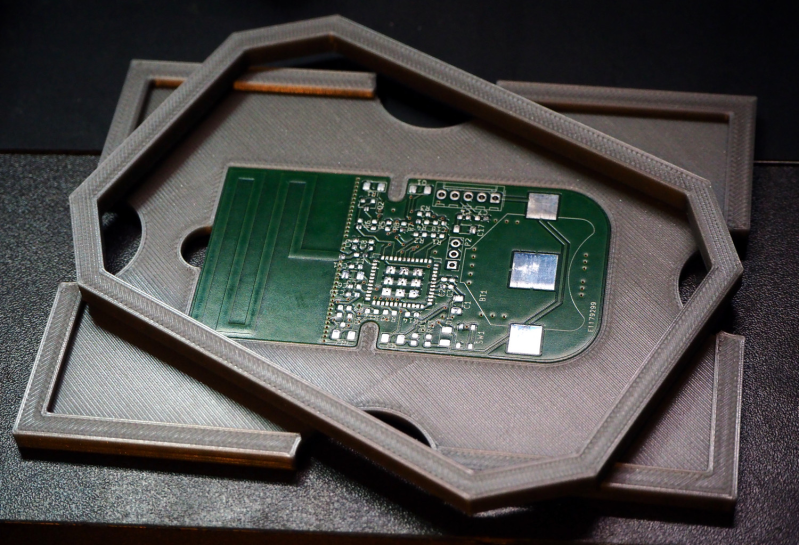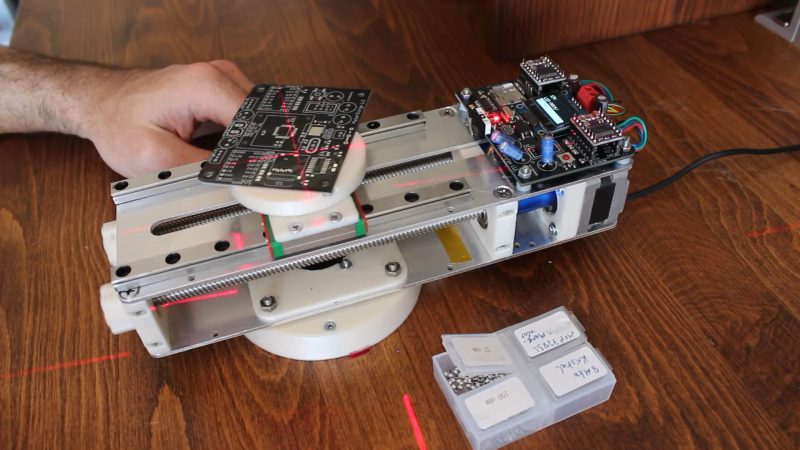Designing pcbs for assembly is easy, right? We just squirt all the footprints onto a board layout, connect all the traces, send out the gerbers and position files, and we’re done–right?
Whoa, hold the phone, there, young rogue! Just like we can hack together some working source code with variables named after our best friends, we can also design our PCBs in ways that make it fairly difficult to assemble.
However, by following the agreed-upon design specs, we’ll put ourselves on track for success with automated assembly. If we want another party to put components on our boards, we need …read more
 Continue reading Designing for Fab: a Heads-Up before Designing PCBs for Professional Assembly→
Continue reading Designing for Fab: a Heads-Up before Designing PCBs for Professional Assembly→


